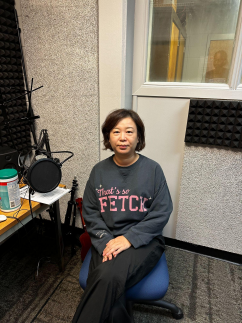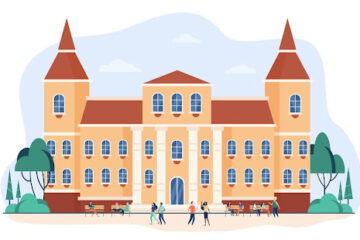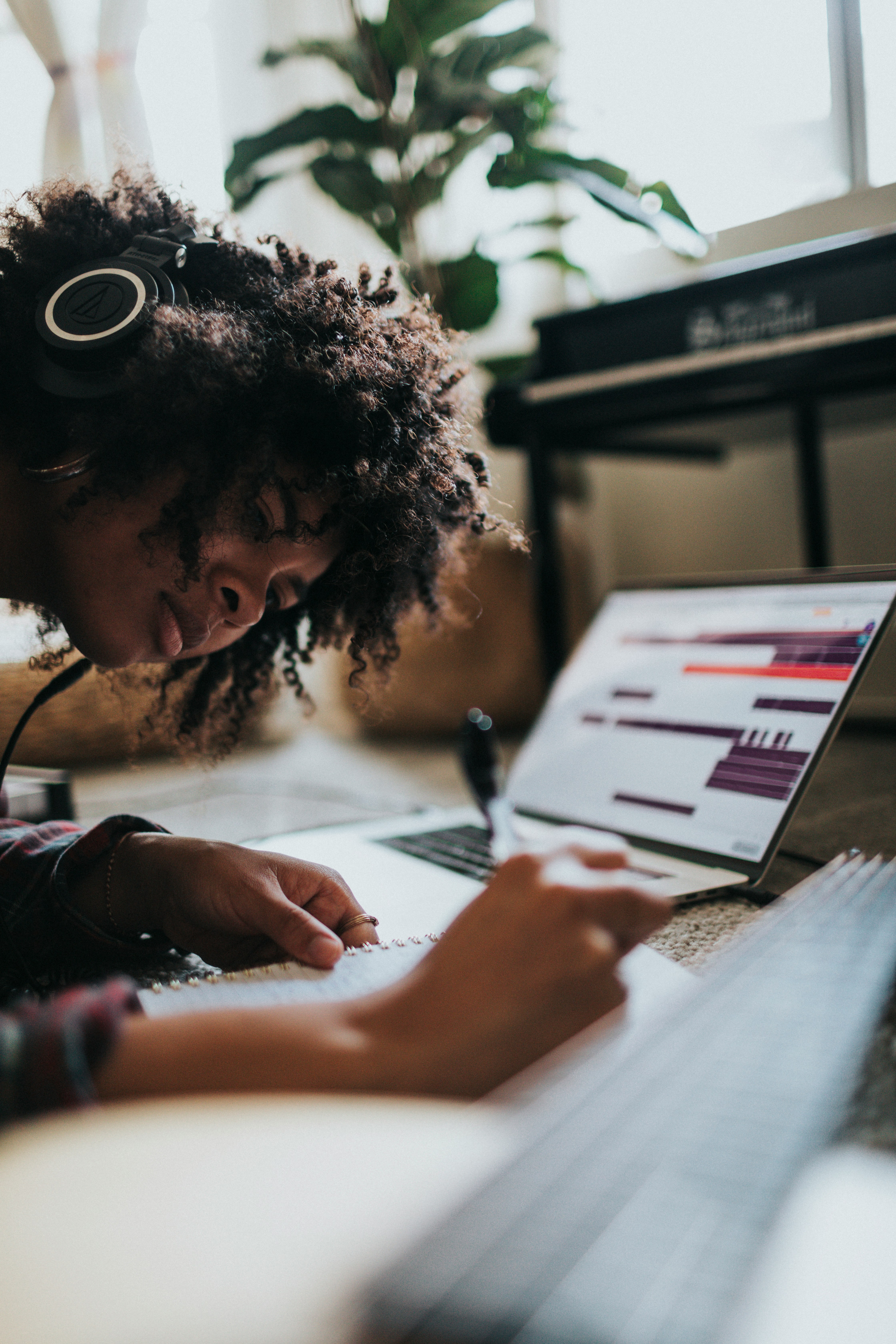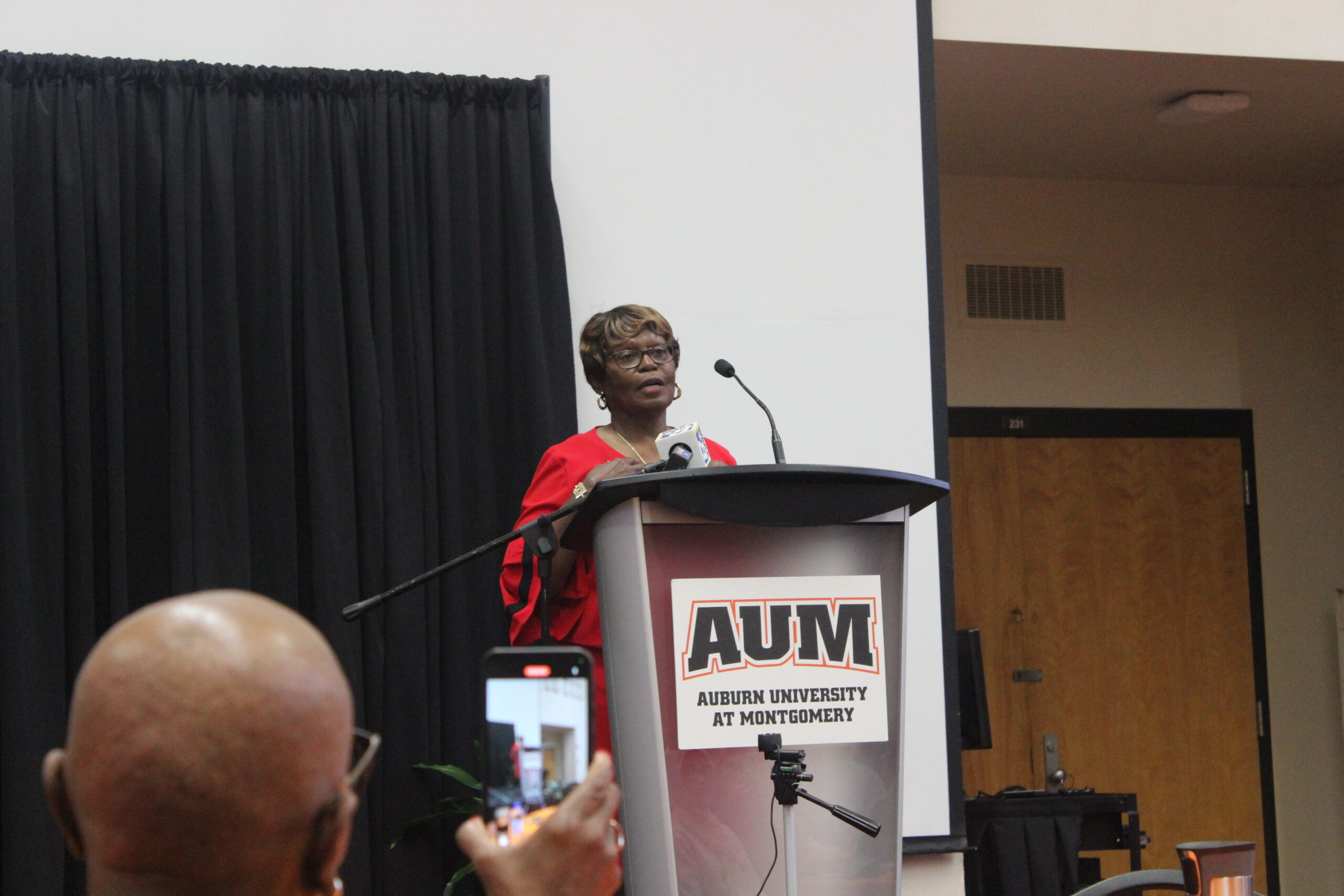Pictured is Eunyoung Kim graduating from the University of Alabama with her doctorate in December 2016.
AUM professor Eunyoung Kim sheds light on her educational journey
By: Maya Thompson
MONTGOMERY, Ala. — Moving from Seoul, South Korea with a population of over nine million people to Alabama can be a difficult adjustment. This rings true for Associate Professor Eunyoung Kim who teaches for the Department of Communication and Theatre at Auburn University at Montgomery (AUM).
In September, Kim was interviewed about how she got to where she is today as an educator while being from a different country. She was born on May 20, 1978, in Seoul, Korea and today she specializes in public relations and sports communication as an AUM professor.
Kim’s upbringing was a bit different in Korea than those of American children. Pursuing higher education is pushed by South Korean parents and the percentage of attendance is higher. Kim said, “When I teach human communication and interpersonal communication in the department, I always say there are really big cultural differences in South Korea.” Kim added that South Korean culture is more collectivist than in the States, which pushes more of an individualistic culture. “So sacrifice for the group is important in Korea, and having a humble nature/personality is encouraged for children. That culture has shaped me as a person and educator,” she added.
Adjusting to a new culture for anyone can be a hard transition; according to The United States Department of State, the USDS reports about how culture shock is broken down into three categories: the honeymoon, the rejection, and the recovery phase. During the initial honeymoon period, participants often feel excited to embark on their new journey and are open to trying new things and exploring their host country. However, the USDS said they may feel homesick and idealize their life back home while being highly critical of life in the new community. The USDS says it’s important to understand that as time passes, one will be better able to enjoy their new surroundings. These things ring true for Kim since she came to America as an adult for graduate school in San Marco, Texas and had to adapt to new surroundings, people, language, food and culture.
Researchers have studied these differences across the world. For instance, Penn State University did a research study in December 2022 where South Korean education was analyzed. “South Korea has shown consistently high performance in global rankings of students in math and science, using a system called the Program for International Student Assessment (PISA). While the majority of schools in the country are private, students are randomly assigned to schools based on their place of residence, regardless of the school sector. This study demonstrated that the South Korean practice of rotating public school teachers every four to five years has resulted in a more egalitarian public education system.” This shows that the school system varies depending on the customs of the area and what they deem as best for the students.

Furthermore, when Kim came to the United States, she was 32. The biggest concern has always been the language and accent barrier since she moved in her adulthood. She was a high school teacher in Korea but when she came to the States, she wanted to become a college professor. Kim’s time and commitment in school have led her to earn four degrees.
She earned her first two degrees while still in South Korea with a bachelor’s degree in South Korean language and a master’s degree in journalism. Her next two degrees would come in the United States with another master’s degree in public relations from Texas State University and her doctoral degree in public relations and a minor in sports management from the University of Alabama.
When Kim spoke of her dissertation, she noted, “It was the relationship between sports fans, their identification and how they consider themselves close to their favorite team. Also, their relationship and perception of their favorite team and how it affects their behavioral intention of purchasing team-related stuff.” An excerpt from her article, ‘Who Goes to the Game? A Model of Organization-Public Relationships and Team Identification with Attitudes and Behavioral Intentions’, summarizes her intended research.
“An online survey was conducted to examine the relationships among team identification, OPR, antecedents including duration of being a fan and sports media consumption, gender as a moderator, and dependent variables such as attitudes and behavioral intentions (attendance and purchase team-related products).” NFL fans were recruited to participate in Kim’s survey.
Kim completed her dissertation and earned a doctorate in December 2016. With Kim’s strong educational background, she could have chosen many schools but decided to live in Montgomery and work for AUM. The strong Korean community and atmosphere in Alabama persuaded her to live and work in Montgomery.
The Hyundai manufacturer plant in 2002 coming to Montgomery, helped to bring a thriving Korean community. The Alabama News Center in 2016 speaks on the growing Korean culture in Montgomery. “Many employees of Hyundai and the supplier companies stay in Alabama for three to five years and bring their families. The best estimate is that about 6,000 Koreans live within Montgomery city limits (population about 205,000) while 10,000 to 13,000 Koreans live in the greater Montgomery area. The number of Korean churches has jumped from two before Hyundai to 15. Korean language signs adorn restaurants and other businesses in shopping centers along Eastern Boulevard.”
Nevertheless, the job Kim holds was not always the original aspiration coming out of college. “When I first started the master’s program, I wanted to be a journalist but then I realized that being a journalist requires being more extroverted than introverted, and I don’t have that characteristic, so I just decided that teaching is more of my thing.” As a result, Kim has been teaching communication and specializes in public relations.
Within her four degrees of study, Kim stated public relations is her most-liked class to teach. Kim feels a responsibility to her students to complete what is the concept of analysis for public relations analysts before they graduate with a degree. For instance, on the U.S. Bureau of Statistics website, the Occupational Outlook Handbook explains the job market for the public relations specialist such as a 6% increase in job outlook for the next 10 years.
| Quick Facts: Public Relations Specialists | |
| 2023 Median Pay | $66,750 per year $32.09 per hour |
| Typical Entry-Level Education | Bachelor’s degree |
| Work Experience in a Related Occupation | None |
| On-the-job Training | None |
| Number of Jobs, 2023 | 308,000 |
| Job Outlook, 2023-33 | 6% (Faster than average) |
| Employment Change, 2023-33 | 19,200 |
Overall, the job market for public relations positions are on the rise and receive an above national average yearly pay. AUM students looking to pursue this career can benefit from looking further on these statistics and gaining more knowledge from taking Kim’s classes.
Lastly, Kim was asked what advice she would give students seeking a graduate degree. “I mentioned several times to students in my class that I was so afraid of entering into the job market when I first started my master’s program. But we cannot avoid job market preparation. So professors here should help to prepare students for the job market. Graduate school is a good option to increase your job chances, but having experience might help to see different options out there.” Kim’s educational journey should inspire students that they too can strive for their goals and reach them if they continue to work hard in their studies.




